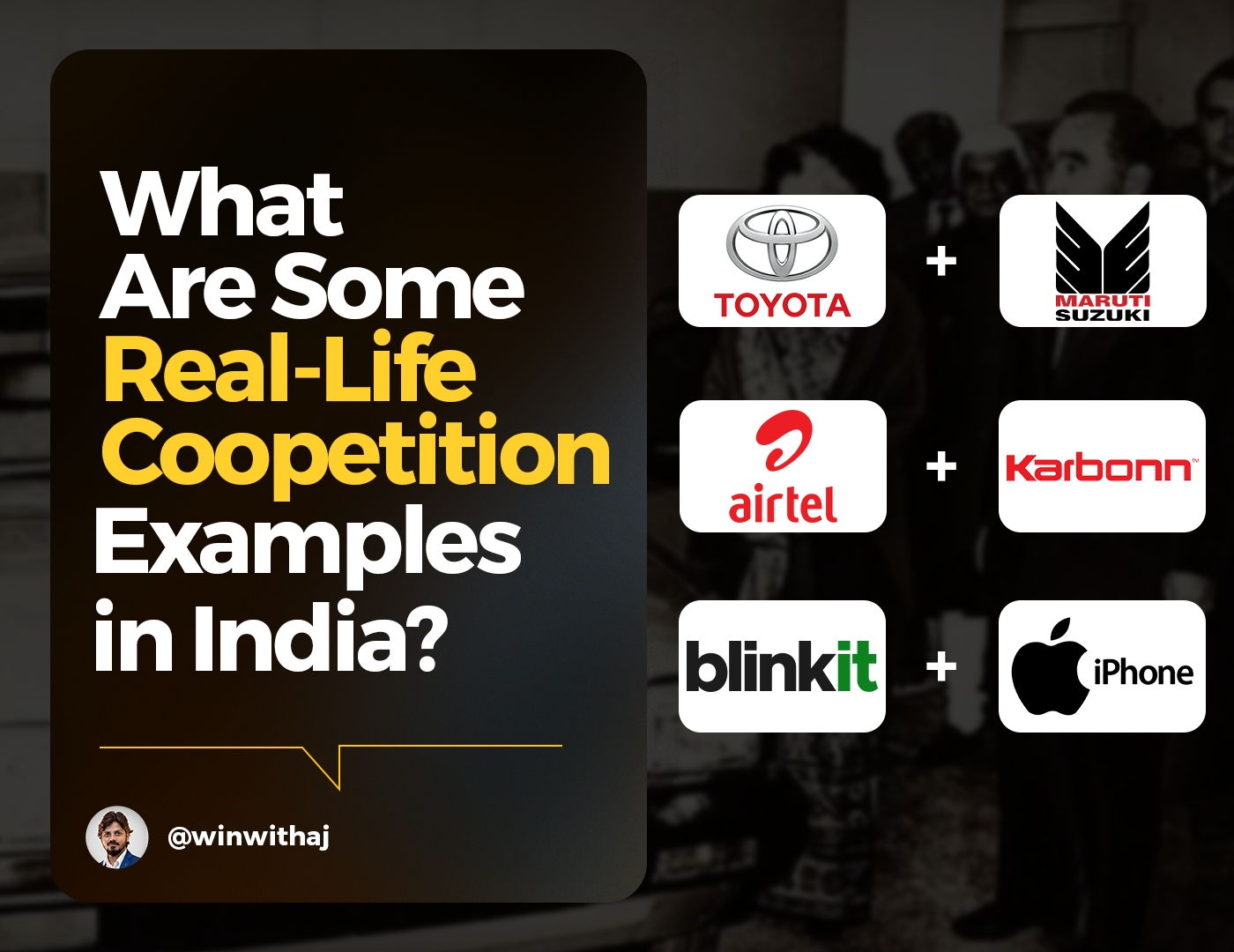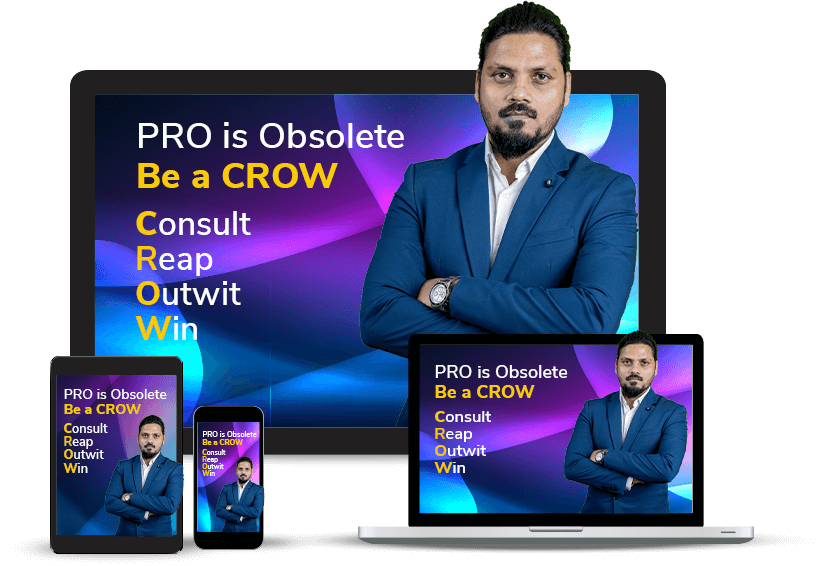
From Bricks to Buzz: The Ram Mandir Marketing Masterclass
The transformation of the Ram Mandir from a disputed site to a national sensation has been a fascinating journey that has captured the imagination of millions. It is not just a mere symbol of faith but a marketing marvel that has been expertly crafted to resonate with people from various backgrounds.
The journey of the Ram Mandir is a testament to the power of inclusivity, digital marketing, and the art of storytelling. As we delve into the exciting funnel that has brought it to the forefront of every Indian’s mind, we’ll uncover the strategies that have made it such a compelling and engaging phenomenon. So let’s dive in and explore the fascinating story of the Ram Mandir!
Prime Power: Setting the Stage
It all began with Prime Minister Modi.
- His involvement wasn’t just symbolic; it was a strategic move.
- His presence at the launch and visits to key locations like Ayodhya, Nashik, and Thrissur connected the dots of Ramayana’s Vanvas, weaving a historical narrative into the present.
- This amplified awareness and added a layer of cultural significance to the event.
Influencer Inferno: Spreading the Spark
The Uttar Pradesh government understood the power of digital disciples.
- They engaged social media influencers, turning them into torchbearers of the Ram Mandir story.
- From personal anecdotes to historical insights, these influencers stoked the fire of anticipation, reaching millions with their relatable narratives.
Brand Baptism: Riding the Wave
Savvy brands like Boroline saw an opportunity to align themselves with the sentiment.
- Their Ram Mandir-themed packaging subtly blended faith with brand identity, subtly reminding everyone of the upcoming event.
- This organic integration resonated with consumers, further amplifying the reach.
Celebrity Chorus: Adding Star Power
The guest list for the inauguration reads like a who’s who of Indian cinema and television.
- From veterans of the Ramayana serial to Bollywood A-listers, the invitations were strategically leaked, creating a buzz of anticipation and nostalgia.
- This star-studded affair ensured the event would be front-page news, captivating the nation’s imagination.
People’s Participation: Inclusivity Reigns Supreme
The Ram Mandir isn’t just for the elite.
- The inclusion of common people like Mauni Mata and the viral Bhajan-singing girls proves this.
- Their invitations sent a powerful message – this is a celebration for all, regardless of background.
- This inclusivity resonated deeply, fostering a sense of national unity.
Social Symphony: The Viral Hymn
The digital world has become the Ram Mandir’s temple of virality.
- Bhajans like “Mare Ghar Ram Aaye Hain” and “Ram Aayenge” have become anthems, shared, sung, and danced to across platforms.
- Hashtags like #RamMandir and #AyodhyaRamTemple trended, creating a digital echo chamber that amplified the excitement.
Specific Marketing Campaigns Used
- Boroline’s “Ram Ki Sita” Campaign
Boroline, a famous ointment brand, released a limited-edition packaging featuring Lord Rama and Sita. This nostalgic touch resonated with millions of users, connecting the brand with the Ram Mandir’s cultural significance.
- Air India’s “Ram Rajya Rath” Campaign
Air India painted one of its Boeing 787s with Ramayana-inspired artwork and named it “Ram Rajya Rath.” This flying billboard transported the spirit of the temple across the globe, garnering international attention.
- UP Government’s “Ram Path Yatra” Campaign
The UP government organized a 15-day “Ram Path Yatra” where thousands of pilgrims retraced Rama’s exile journey. This immersive experience not only boosted tourism but also provided a deeper connection to the temple’s historical context.
- The “Ram Bhajan Challenge” on Reels
This social media campaign encouraged users to share their renditions of Ram bhajans, generating immense virality and participation, particularly among young people.
Effectiveness of Different Channels
- Social Media
The virality of hashtags, influencer posts, and bhajan videos proved social media to be the most potent tool, reaching across demographics and geographical boundaries. The virality of hashtags, influencer stories, and viral Bhajans on platforms like Facebook, Instagram, and Twitter proved incredibly effective in reaching a broad audience, especially younger demographics.
- Offline Engagements
Modi’s visits to Ramayana-related sites and the U.P. government’s on-ground activities in Ayodhya created a tangible connection with the temple’s history and significance.
- Traditional Media
News channels and newspapers provided extensive coverage, ensuring the message reached even those not active online.
- On-ground activations
From billboard campaigns to branded railway stations, offline activations created a tangible presence and enhanced local engagement.
Challenges and Triumphs
- Sensitivity of the Issue
Marketing a religious event like the Ram Mandir requires utmost sensitivity to avoid offending any religious groups or communities. The focus on inclusivity, with invitations extended to Muslim girls and common people, was a successful approach.
- Balancing Tradition and Modernity
The campaign successfully bridged the gap between tradition and modernity, using contemporary marketing tools while honoring the temple’s spiritual significance.
- Maintaining Momentum
Keeping the buzz alive for months leading up to the inauguration was crucial. The continuous flow of content, influencer engagement, and creative campaigns effectively sustained public interest.
Ram Mandir & Long-Term Impact
- Boosting Ayodhya’s Tourism
The Ram Mandir is expected to attract pilgrims and tourists from across the globe, leading to economic growth and development in the region.
- Cultural Revival
The marketing campaigns rekindled interest in Ramayana and Hindu traditions, potentially leading to a cultural resurgence.
- National Unity
The event’s inclusivity and emphasis on shared history could foster a sense of national unity and pride.
- Commercialization of religion
The line between celebrating faith and exploiting it for commercial gain needs to be carefully navigated.
- Exclusion of marginalized communities
Ensuring inclusivity and addressing the potential anxieties of minority groups is essential.
- Politicalization of religion
The campaign’s association with specific political figures could lead to further polarization in the long run.
Quantifying the Ram Mandir Marketing Masterpiece
The Ram Mandir marketing campaign wasn’t just a feel-good story; it was a measurable success with real-world impacts. Let’s delve deeper into the numbers and potential concerns while exploring the future of religious marketing in a diverse India.
Data and Statistics
- Social Media
#RamMandir was tweeted over 1.8 million times, trending in India for weeks. Bhajans like “Mere Ghar Ram Aaye Hain” garnered over 125 million views on YouTube.
- Influencer Reach
UP government’s influencer campaign reached over 50 million users, driving engagement and generating positive conversations.
- Tourism Boost
Ayodhya saw a 40% rise in hotel bookings in December 2023 compared to the previous year, with projections for further growth after the inauguration.
- Economic Impact
Estimates suggest the Ram Mandir project could generate over Rs 1 lakh crore in tourism revenue over the next five years, creating thousands of jobs.
Ethical Considerations
- Concerns were raised about the potential exclusion of marginalized religious communities in some campaign elements. Ensuring inclusivity in future religious marketing is crucial.
- The line between faith and commercialization blurs in such campaigns. Balancing reverence with brand promotion requires careful navigation.
The Future of Religious Marketing
- Authenticity and transparency will be vital to building trust with audiences. Engaging religious communities in the marketing process can ensure inclusivity.
- Data-driven insights can help tailor campaigns to resonate with specific demographics and religious groups while respecting cultural sensitivities.
- Integrating technology further through virtual reality experiences or interactive storytelling can offer deeper engagement and immersive experiences.
The Ram Mandir Marketing Result? A Nation United
Ram Mandir’s marketing isn’t just about publicity; it’s about building bridges. It’s about connecting the past and present, the elite and the ordinary, the digital and the real. It’s a story of faith, hope, and inclusivity woven into a tapestry of strategic moves, celebrity endorsements, and viral sensations.
And on January 22nd, the nation came together to celebrate the culmination of this remarkable journey, proving that sometimes, the most significant marketing campaigns are built on the bedrock of shared emotions and aspirations.
This is just the beginning of the story. As the Ram Mandir rises, its marketing legacy will continue to inspire, reminding us that even the most sacred journeys can benefit from a touch of strategic brilliance.
India is a country with a rich and diverse religious heritage, and any marketing campaign that focuses on religion must take this into account. To create effective campaigns that promote faith and respect inclusivity, it is essential to learn from the successes and challenges of past campaigns.
The Ram Mandir campaign is one such example that provides valuable insights into the nuances of religious marketing. By studying and understanding this campaign, we can pave the way for future campaigns that not only celebrate India’s religious diversity but also encourage a deeper understanding and appreciation of it. To hook into the nation’s more exciting Marketing tales, leave a comment below. For more marketing tips from Ajay Prakash, book a discovery call today!



















